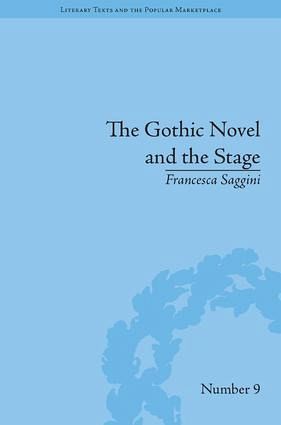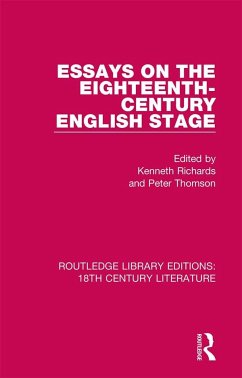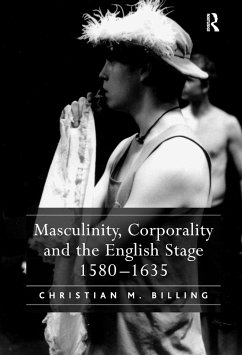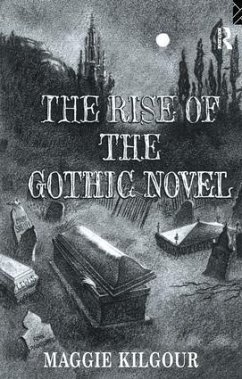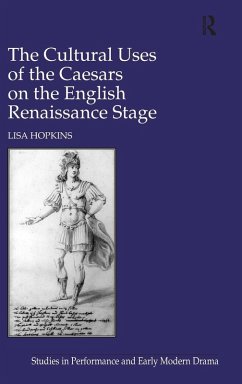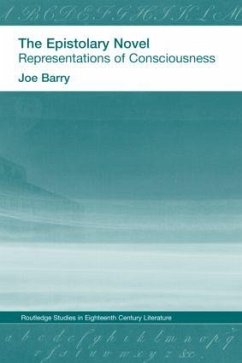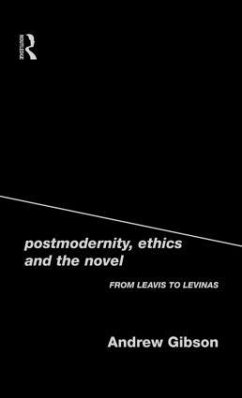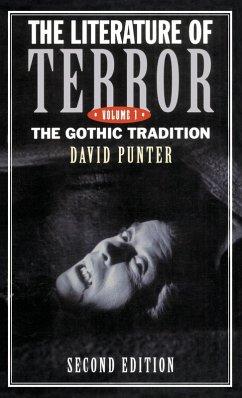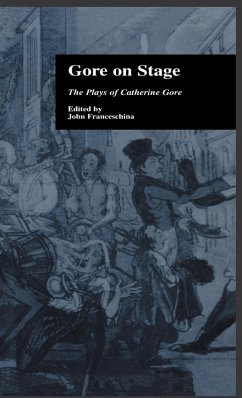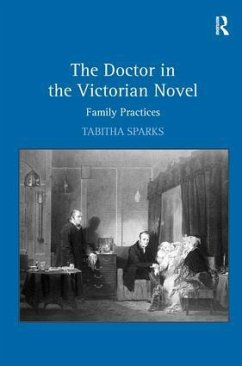Francesca Saggini is Associate Professor of English Literature at the Università della Tuscia (Viterbo), Italy. She is the award-winning author of Backstage in the Novel: Frances Burney and the Theater Arts (Walken Cowen Memorial Prize for an outstanding work in eighteenth-century studies, 2012) and La messinscena dell'identità. Teatro e teatralità nel romanzo inglese del Settecento (Premio 'Mario di Nola' awarded by the Accademia Nazionale dei Lincei, 2005). Francesca's main field of research is popular culture, in particular adaptations and afterlives. She has published essays and chapters on, among others, Inchbald, Austen, the castrati in Europe, the eighteenth-century on film, Dickens, Victorian melodrama, Stocker, Doyle, Stevenson, vampire fiction and the representation of ghosts. Recent publications include Gothic Frontiers (co-edited with Glennis Byron, 2012), Housing Fictions. The House in Writing and Culture, 1950 to the Present (co-edited with Janet Larson and Anna Enrichetta Soccio, 2012), The House of Fiction as the House of Life. Representations of the House in Literature and Culture, Richardson to Woolf (co-edited with Anna Enrichetta Soccio, 2012), two volumes on crime fiction (both co-edited with Maurizio Ascari, 2011 and 2012) and the first critical edition of Miss Tully, Narrative of a Ten Years' Residence at Tripoli in Africa (2014). Her forthcoming book, Il gotico, is due out with Carocci in 2016. Francesca is the recipient of a Visiting Fellowship at Lucy Cavendish College (Cambridge) during which she will study Frances Burney's tragic works.
